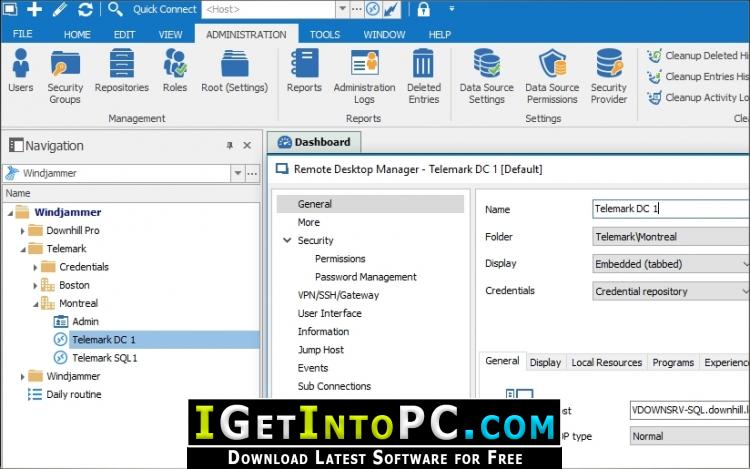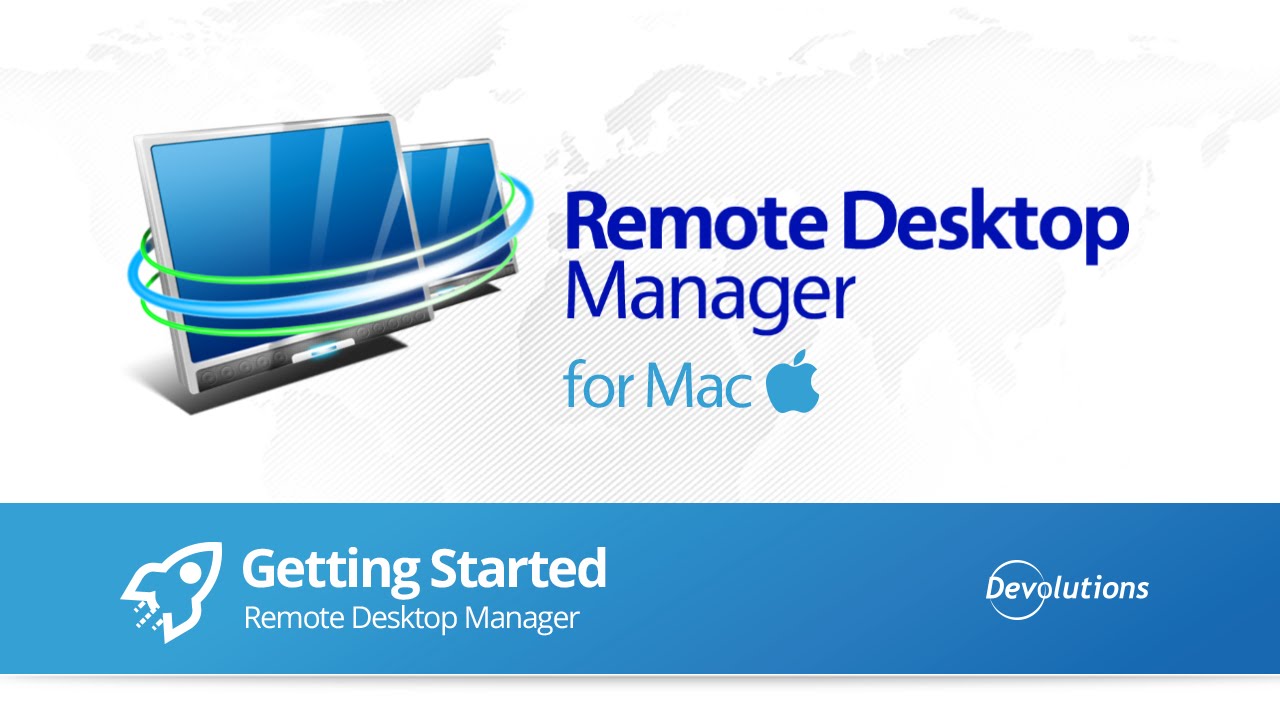

If it is not, you can enable it by calling SSH with the “-X” option. X11 forwarding is typically turned on by default in most *NIX distributions of SSH. Make sure the checkbox “Forward X11” is checked.Enter the hostname and any other desired information.Either create a “New” entry, or select an existing one and click “Edit“.Go to the menu item Favorites -> Edit Favorites.MacSSH, and OpenSSH support both SSH2 and port forwarding. NOTE: We recommend against using any SSH program that does not support SSH version 2. We outline a few examples below for common clients:

To set up SSH port forwarding, you simply need to enable that option in your client.

The result is that with very little configuration, this traffic is forwarded to your machine, encrypted in an SSH “tunnel”. This allows network traffic to be forwarded from the remote machine to your local box through SSH. Many, but not all SSH clients currently available support X11 Forwarding, and general port forwarding.


 0 kommentar(er)
0 kommentar(er)
